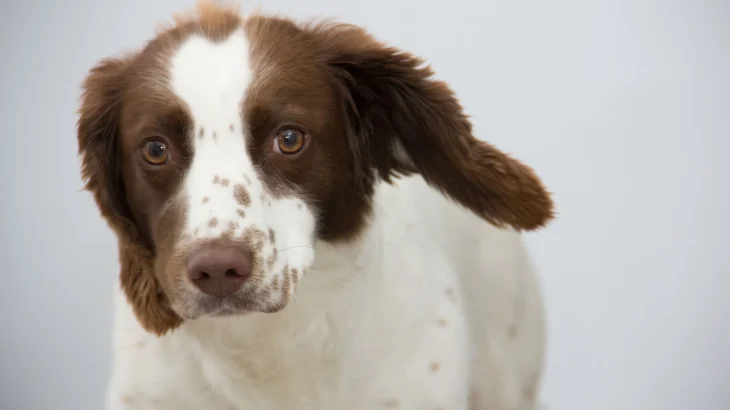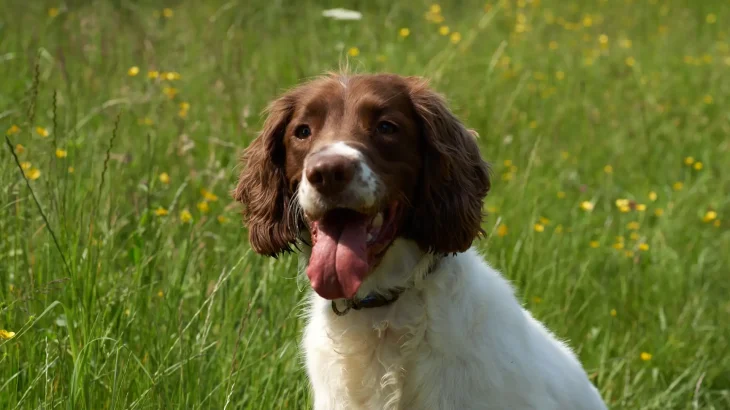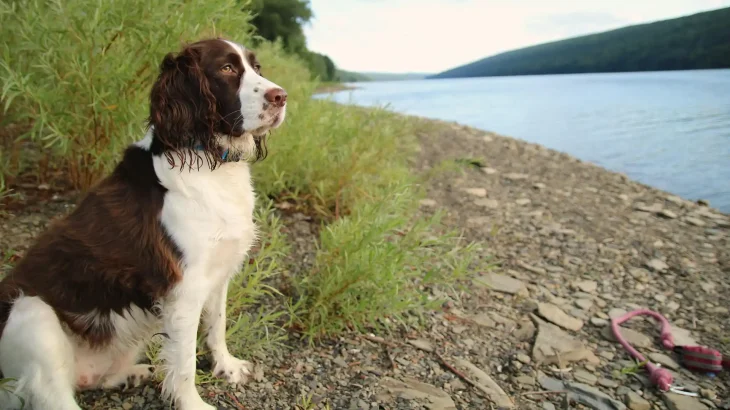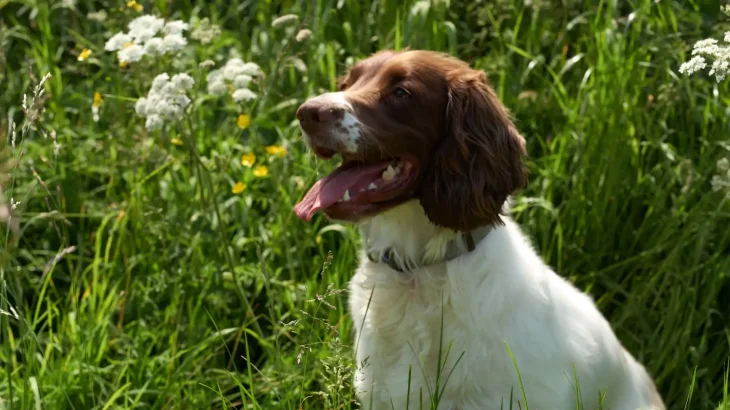Deciding whether to adopt or buy a Welsh Springer Spaniel puppy involves weighing your desire for known pedigree and health details against offering a home to a dog in need. Purchasing from a breeder offers clarity on lineage and potential health, while adoption often means embracing a rescue with less certainty but plenty of love to give.
Adoption vs. Breeder: Pros & Cons
| Criteria | Buying from Breeder | Adopting from Shelter/Rescue |
|---|---|---|
| Cost | Higher initial cost due to breed purity and pedigree documentation. | Lower adoption fees, typically more affordable with additional care included. |
| Health History | Usually detailed health screening and genetic history available. | May have limited health history; basic health checks are common. |
| Age Availability | Primarily young puppies, allowing puppy-raising from the start. | Varies widely; puppies to adults may be available. |
| Temperament Insight | Breeders provide insights based on lineage and traits. | Behavioral observations may be available, but full background often unknown. |
| Ethical Considerations | Supports responsible breeding programs when chosen carefully. | Directly helps dogs in need by reducing shelter populations. |
| Breed Purity & Pedigree | Certainty of purebred status with full documentation. | Breed purity often uncertain; pedigree usually unavailable. |




















































